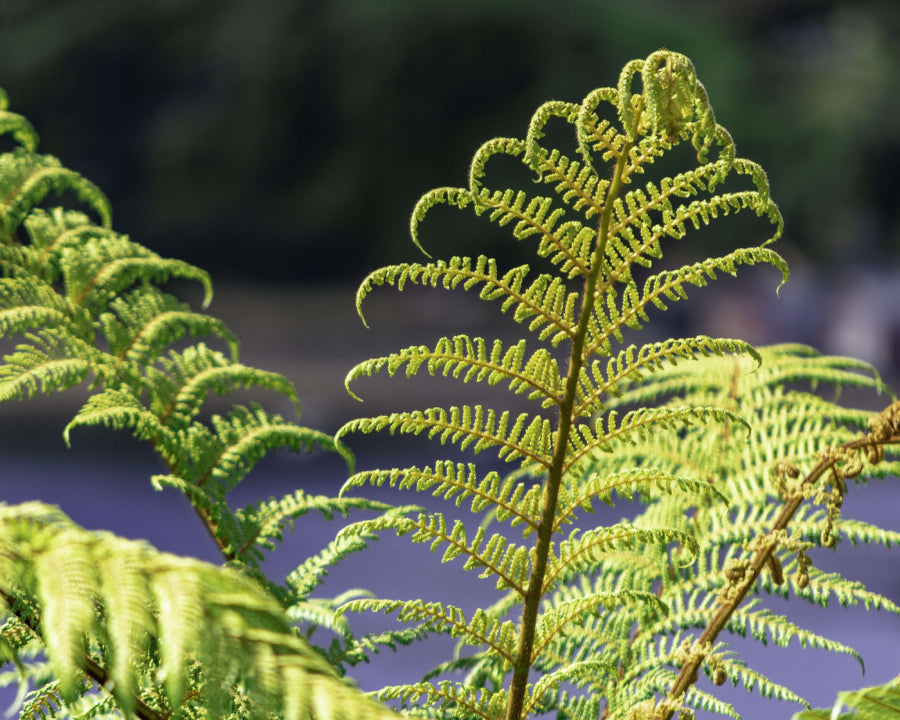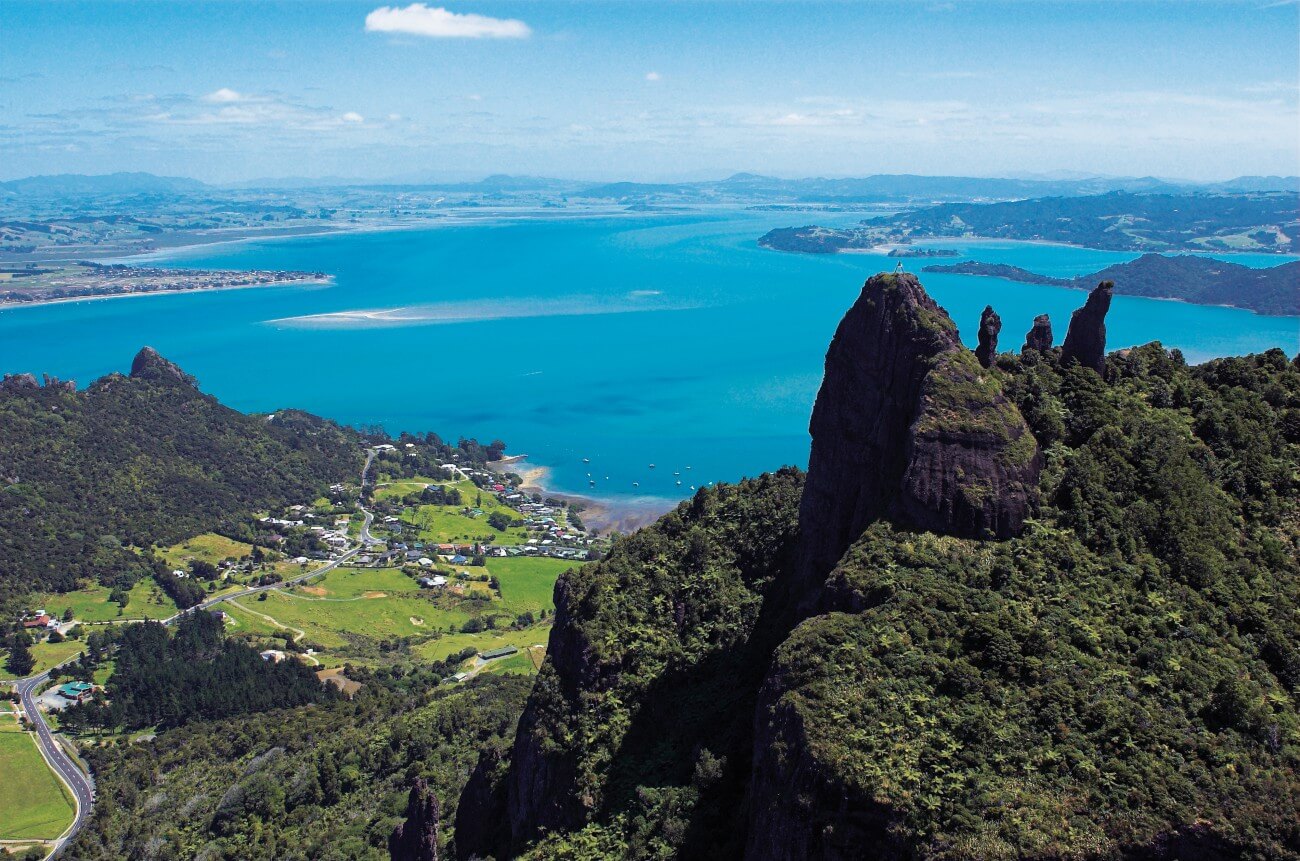12 Things to Know About the Māori Culture

Our designs and craftsmanship are largely inspired, as well as, connected to the Māori culture and heritage. So we wanted to share some interesting facts about our culture.
If you're from New Zealand, you'll be familiar with the Māori people and their history. For those that aren’t familiar with the Māori culture, the most you’ve likely seen is the All Blacks doing a Haka when they play rugby. The Māori society, which is the culture of the first people to settle in New Zealand, turns out to be a fascinating culture about which you'll want to read more and more after you've discovered it.
In New Zealand, there are many opportunities to learn about Māori culture, especially in the North Island, which has often had a higher Māori population than the South. Why not brush up on your Māori knowledge before jumping into these adventures with these 12 items you didn't realize about Māori people and culture?!
1. What does the term "Māori" mean?
The term Māori means "normal" "natural" or "ordinary" in the Māori language. The term divided ordinary mortal human beings— tāngata Māori — from deities and spirits (wairua) in mythology and oral traditions. Wai Māori, on the other hand, means "freshwater" as opposed to "saltwater" Most Polynesian languages have cognate terms derived from Proto-Polynesian *ma(a)qoli, which has the reconstructed sense "true, real, genuine".
2. In Māori society, ta moko is the ancient art of tattooing
They are a one-of-a-kind tattoo because they reveal a person's ancestry, knowledge, and social standing within their tribe (or "iwi"). Originally, “Moko” was created by smearing colour onto the skin with the end of a sharp bone. Most Māori people today, though, choose more western tattooing techniques.
Classic Māori tattoos are available in most tattoo parlours in New Zealand.
3. There Was No Written Language Before
There was no recorded language for Māori, also known as Te Reo Māori until European immigrants settled in New Zealand. History was instead learned orally through tales or through carvings. That is why Māori's are some of the most amazing storytellers you would ever encounter.
4. Māori is not an English-based language
Although most New Zealanders speak English, the Māori people's traditional language is Te Reo, which sounds very similar to Cook Islands Māori, Tuamotuan, and Tahitian. Since 1987, Te Reo has been recognized as one of New Zealand's official languages. Interestingly, before European settlers came, the Māori people had no written language and had been relaying their culture and stories orally for many years.
5. The Haka is More Than Just a War Dance
If you know one thing about Māori culture, it's usually the Haka. This rousing chanting heard at the start of New Zealand sporting matches is a ceremonial dance or challenge in Māori culture. While it was once displayed as a war dance, there are now several different styles of Haka used for various purposes, ranging from funerals to motivation for the tribe.
6. Māori culture is one of the youngest
In the 1300s, the first Māori people settled in New Zealand. While it is unknown when the Māori originated, it is believed that the Māori community as we know it evolved during these early voyages to New Zealand. Since this was just 700 years ago, the Māori community remains one of the world's youngest.
7. Māori cuisine is prepared underground
The Hangi (not to be mistaken with the Hongi!) is a multi-hour-long feast served in an earth oven. We heat stones in the embers of a fire and then build a pit to put the hot stones and wet sacking in. And we put our food on top of that – consider ham, beef, pork, then vegetables – and cover it with soil to keep the heat in. The Hangi is a fantastic place to serve a wide number of people, and the food has a wonderful smoky, earthy aroma. It's nothing like the average summer barbecue!
8. Māori greet each other by pressing their foreheads and noses together
The Māori greeting is known as a Hongi. This is where two people push their foreheads and noses close for a few seconds before shutting their eyes and taking a deep breath. This is meant to reflect exchanging the "breath of existence" and the meeting of souls.
9. Greenstone is regarded as a precious stone by Māori
Greenstone, also known as jade, is a sacred stone to Māori people and is often located on the West Coast of the South Island. It is classified in Te Reo Māori as "pounamu" and is extremely useful. Greenstone has been used for arms, ornaments, and equipment, but it's more often seen carved into pendants with symbolic meanings.
10. You Must Be Officially Welcomed to a Māori Meeting Ground
Visiting a Māori meeting ground is the perfect place to learn about Māori culture. A Marae is a Māori gathering place. To be accepted into the Marae, a powhiri must first be performed. This normally entails a request from a Māori fighter, as well as singing and praying, and demonstrating that you have come in harmony. It's not as terrifying as it seems, and we think it's one of New Zealand's must-do Māori experiences.
11. Māori People Used to Live in Pas
An old Māori fortified village is known as a pa site. They were typically built on hills with terraces sunk into the sides and strong walls around them. Many Māori people would remember where their forefathers' pa sites were, but just the terraces are typically left. Some Māori tourism organizations, especially in Rotorua and Gisborne, have remade villages to offer people an image of what they used to look like.
12. Everything has a legend attached to it
The Māori people, as previously said, are the greatest storytellers. Many ranges, rivers, streams, and other significant landmarks in New Zealand have Māori legends associated with them. Legends tell about the origins of biodiversity and greenstone. The majority of Māori stories are told to teach children such lessons. This is why Māori culture is so inspirational and has been such an important part of New Zealand culture for so long. If our culture inspires you to hold some of the unique artefacts, then visit our website or reach out to us at the click of a button.
Also in Blog





